You’ll need a love of teamwork, an appetite for risk and an eye for strategy
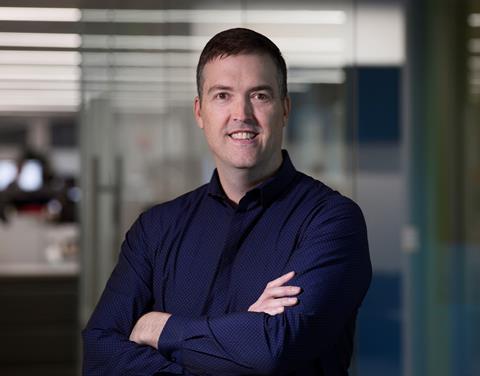
During a typical work day, Brian Cathers’ mind keeps swinging back and forth between the future and the present. ‘I go from thinking two and three years into the future, to what’s going on now with our current projects, to see what the timing is to meet the goals that are two or three years into the future,’ says Cathers, who is the chief scientific officer of Global Blood Therapeutics (GBT), a US-based company that develops treatments for blood disorders such as sickle cell disease. ‘So, it’s keeping all that together, trying to merge the tactics of today with the strategy that’s driving tomorrow.’
Like Cathers, most chief scientific officers (CSOs) have a complex job. While science is at the heart of what they do, doing science is just one of their many responsibilities.
The CSO track
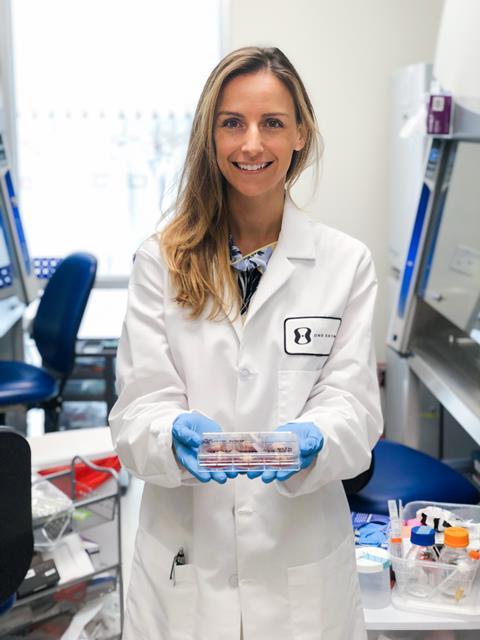
Not all CSO positions are created equal – their scope varies from company to company. Similarly, chief scientific officers have strikingly varied career paths. Cathers became the chief scientific officer at GBT in February 2019, after having spent years in the pharmaceutical industry. Originally trained as a medicinal chemist, Cathers spent 15 years at the pharmaceutical company Celgene, before moving to GBT.
On the other hand, Anton Toutov, co-founder and chief science officer of Fuzionaire, a US-based start-up that develops alkali metal catalysts and reagents for different industries, ventured into the start-up world soon after acquiring a PhD in organic chemistry at Caltech. ‘One of the reasons that really drove me into the private sector was just the incredible commercial opportunity that we had with the technology that my colleagues and I developed at Caltech,’ says Toutov.
Even more adventurous was the journey of Alessandra Zonari, chief scientific officer and co-founder of One Skin, a San Francisco-based start-up that develops skin health products. A Brazilian citizen, Zonari moved to the US on an O-1 visa in 2017 after her start-up was accepted into an accelerator programme. Starting out in a new country with few friends and massive cultural differences wasn’t easy, but Zonari and her co-founders (two of whom are still in Brazil), now have a successful 15-person operation, with seven people in the R&D team. ‘In the end, every small achievement [is] even more special,’ reflects Zonari. ‘I already feel successful doing what I’m doing every day.’
Not every company uses the title chief scientific officer. Some companies may have a director of research or vice president of research and development – or have both a CSO and a director of research. Responsibilities for these titles vary from company to company, but it’s uncommon to find a chief scientist who does not have a PhD.
An exciting, but tough job
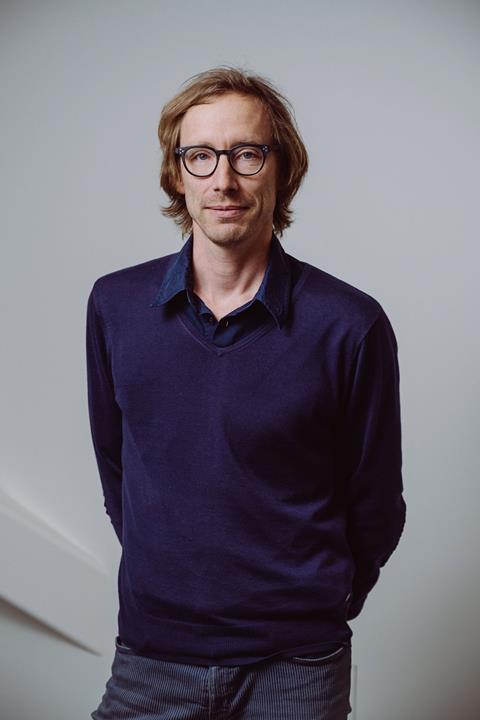
CSOs shape the scientific strategy of their organisation. As the chief science officer and co-founder of Belgium-based bioinformatics start-up OHMX.bio, it’s important for Gerben Menschaert to streamline the research activities of the company. Currently, Menschaert’s organisation conducts experiments and does data analysis for external clients in the fields of translational research, clinical diagnostics, epigenetics and microbiome analysis. ‘We’re a small company, we are growing, but [we] need to focus. [We] cannot do everything,’ says Menschaert. ‘People need to know that if you do microbiome analysis, this is the place to go to, if you do epigenetics analysis based on third-generation sequencing, this is the place to go to.’
In general, chief scientists have a lot of non-science responsibilities on their plate, too. ‘I need to jump from meeting to meeting with very different topics,’ says Robert Perni, a medicinal chemist who is the vice president of research and development at IM Therapeutics, a US-based company that develops oral drug molecules for autoimmune conditions. ‘I can be in one meeting discussing chemistry, and then suddenly I’m in a management meeting discussing how we’re going to make a pitch to a new investor,’ Perni says.
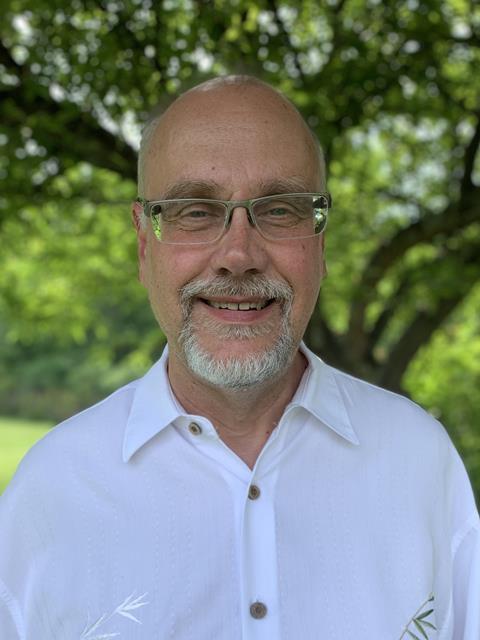
‘As a CSO, you’re also a seller of your programs to the outside world,’ says Christoph Esslinger, founder and chief scientific officer of Switzerland-based firm Memo Therapeutics, a company dedicated to developing antibody-based treatments. ‘It’s very important that you have this mindset of being able to communicate the strength of your programmes and why you think [they are] competitive,’ he says.
Similarly, GBT’s Cathers, though originally trained as a medicinal chemist, finds himself tackling multiple subjects during the day such as genetics, molecular biology, pharmacology and toxicology, as all the research arms at the organisation report to him. ‘I need to be fluent enough that I can converse with everyone in every discipline,’ he says.
The multidisciplinary nature of the job also brings with it pressures – meeting deadlines and being answerable to investors, especially if the chief scientist is also a co-founder. Fortunately, for One Skin’s Zonari, the company’s chief executive is also a PhD-level scientist. ‘When [your] CEO is also a scientist, it is a little bit easier to navigate this path because this CEO understands that science is not a straight line,’ says Zonari.
I don’t go to work, so to speak … It’s just a hobby that kind of got out of hand
Gerben Menschaert, OHMX.bio
On top of that, many chief scientific officers still maintain academic appointments to keep up with the latest in science. ‘This is a field that evolves very rapidly, and you have to keep track of new findings,’ says Menschaert, who is also a visiting professor at Ghent University, Belgium. ‘That gives me the influx of “Okay, what is the new stuff coming our way in the coming years? What are the novel technologies that more and more research labs [and] also companies will focus on [over] the next few years?”’
While the demands of the job are high, most chief scientific officers enjoy the adrenaline rush. ‘When you’re working with a small team of really smart people, and you have a challenge, and you’re discussing it, you’re arguing different points, you’re getting to the real meat and the depth of a problem. That process is the most fun part to me. I love the multi-disciplinary interaction,’ says Cathers. Menschaert agrees. ‘I don’t go to work, so to speak,’ he says. ‘It’s just a hobby that kind of got out of hand.’
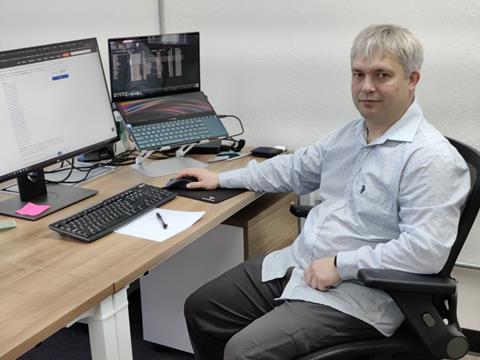
But there are certainly CSOs who prefer to work quietly on just science. Max Mikheev, chief executive and chief science officer of Biomedican, a US-based start-up that produces rare cannabinoids using synthetic biology, says business and finance aren’t his favourite aspects of the job. He would be happy to hand over these responsibilities when the right candidate comes along. ‘Right now, I have to spend a lot of time working on things like raising capital, working with investors. It’s not what I like to do,’ says Mikheev. ‘I prefer to concentrate on the scientific side.’
As in academia, Stem gender disparities affect private companies too. While information on chief scientific officers is scarce, only about 9% of the 231 chief executives in pharma and biotech were female in 2019, according to the industry magazine BioPharma Dive. Giulia Kennedy, chief scientific and medical officer at Veracyte, a genomics diagnostics company based in the US, vividly remembers going to a conference for chief scientists a few years ago and being one among two or three women in a room full of about hundred people. ‘I just really was feeling very underrepresented at that point,’ says Kennedy.
But things have certainly improved in many respects for female scientists in executive leadership positions in the business world. ‘When I was starting out, there [was] this big question: Can female scientists even have families and children?’ Kennedy says. ‘What a horrible choice to have to make.’ Now, she says, the conversations are instead focused on how to balance family life with a scientific career. ‘And that’s a much better dialogue to be having now, but that wasn’t always the dialogue that we were having 20–30 years ago.’
Not everyone’s cup of tea
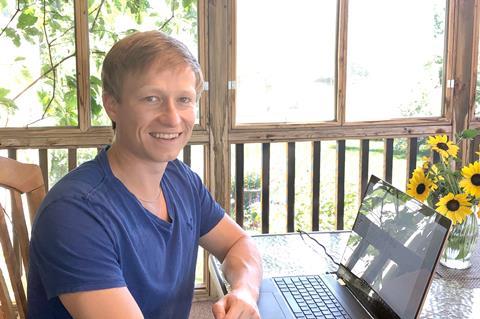
It can be exhilarating to be a chief science officer or run a business, but it’s not for everyone. ‘There are a lot of challenges and demands that are unique, and especially [for] scientists like myself that didn’t have a lot of business experience prior, there is a learning curve,’ Fuzionaire’s Toutov explains. ‘It has to be undertaken quickly for the business to succeed.’
Toutov often tackles this topic when giving mentoring talks to students. ‘I usually say, if what I’ve told you guys so far is not scaring you, but rather exciting you, you should probably consider jumping right in, it’s the only way that you’ll really find out if you love that idea or not,’ he says. ‘Worst case scenario, you will learn an amazing amount about a field that you otherwise would not have known – business, finance, management, leadership – and if you don’t like it, you can always come back to where you eventually were meant to be, but with an entirely new skill set.’
For young scientists who want to get on the CSO track, an appetite for risk is necessary – though it’s not as perilous a career as it might at first seem. ‘The uncertainty of start-ups in terms of long-term employment is certainly there,’ says IM Therapeutics’ Perni. ‘Startups come and go, and if your startup fails, there are new ones that pop up every day. So, in a lot of ways, that’s the job security: that if you are good at what you do, you really shouldn’t have trouble getting another job.’
While the private research environment has many similarities with academic research, there are some important differences. ‘You do not have your own project,’ says Memo Therapeutics’ Esslinger. ‘It could also be that we kill a project, not just because it may not work out, but because of changing priorities.’
Playing well with others is vital to becoming a successful chief scientist. ‘I was a smart kid. But that’s not how I was able to progress in my career and have influence and have the kind of fun that I get to have,’ Cathers says. ‘How I interact with people and treat people has probably gotten me much further in my career than how smart I was as a student.’ Perni concurs. ‘One of the things that I’ve seen slowing young scientists down is really just not being team players,’ he says. ‘If you’re not a team player, then you’re not going to get people to work with you, or want to work with you.’
The most pressing challenge that chief scientists face every day isn’t scientific; it’s getting people to work together.












No comments yet